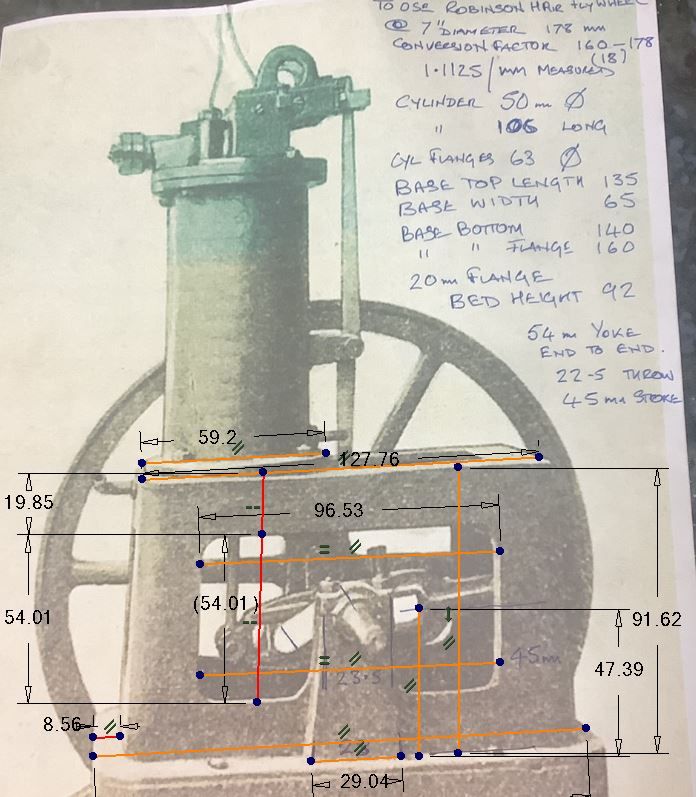I was considering a heated enclosure for my printer, but was warned that I could overheat the power supply and electronic module.I had significant bed lifting problems when I used a flexible magnetic bed. I had a banana shaped base on all my prints. Going to a solid base helped but I suspected that my drafty shope was not helping either. I purchased a commercial enclosure for my printer and no longer have base lifting problems. With the addition of a strip of led lights the enclosure makes a nice printing station.
I think a non-heated enclosure would help keep any drafts away from the heated bed (my printer bed is heated).
I will probably just make a wood frame, and wrap some 24" wide stretch wrap around it.
I don't really need a fancy printer enclosure, and I don't really need a permanent enclosure either.
Perhaps a folding enclosure.
.










![DreamPlan Home Design and Landscaping Software Free for Windows [PC Download]](https://m.media-amazon.com/images/I/51kvZH2dVLL._SL500_.jpg)




















































![MeshMagic 3D Free 3D Modeling Software [Download]](https://m.media-amazon.com/images/I/B1U+p8ewjGS._SL500_.png)

